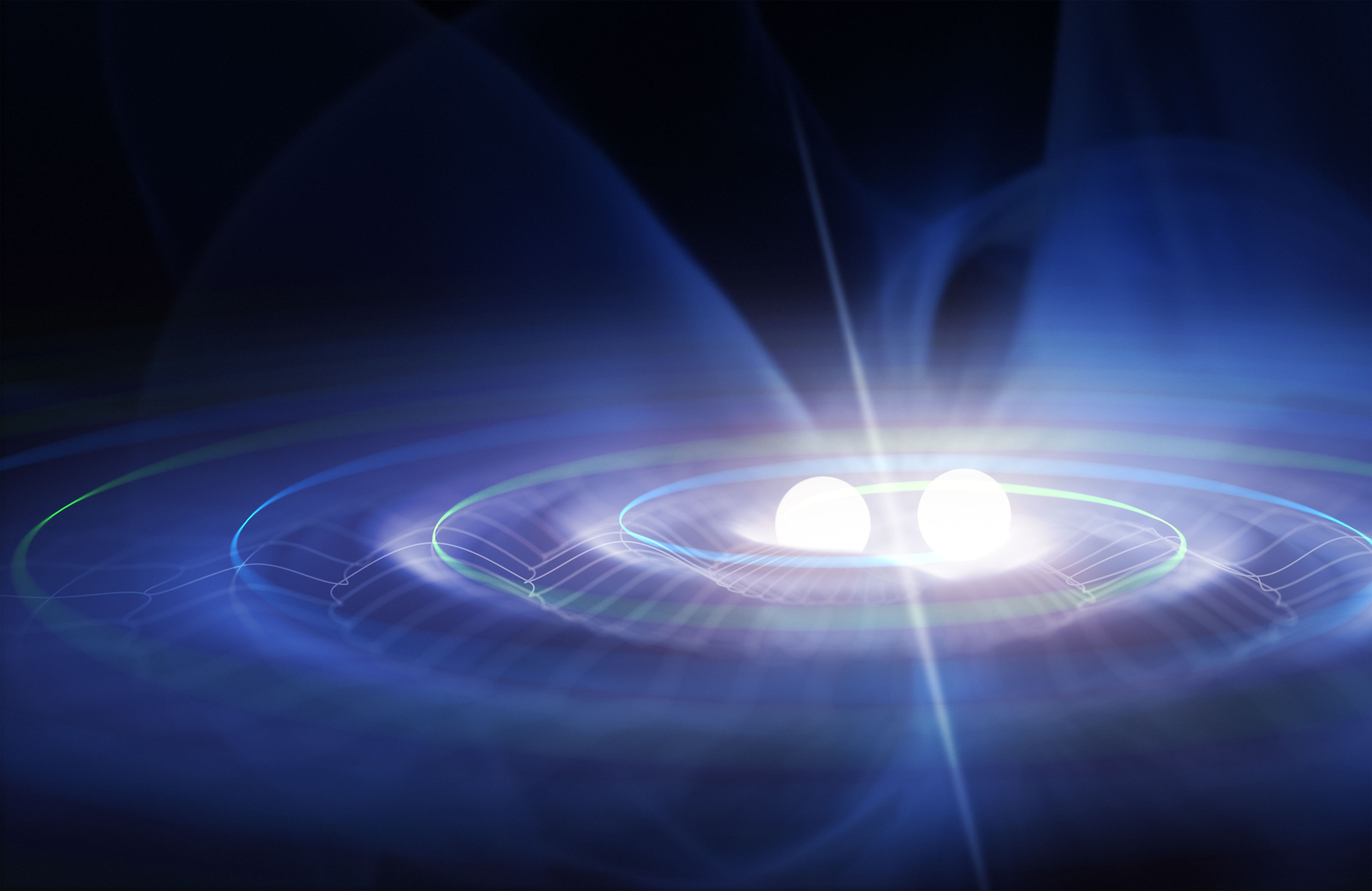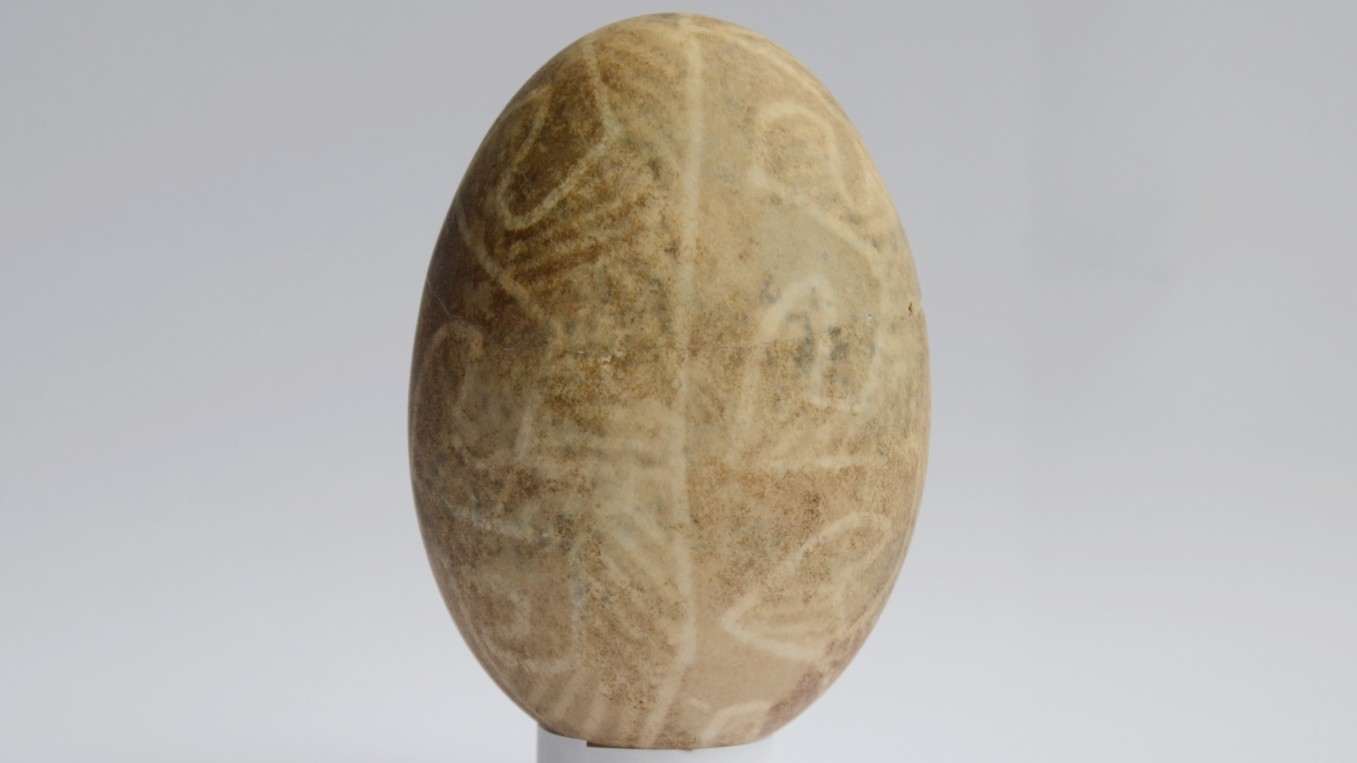1st Evidence of a Black Hole Devouring a Neutron Star Sends Ripples Through Space-Time

The world’s largest gravitational-wave detectors may have just found the first evidence of a black hole devouring a neutron star.
When massive objects like neutron stars or black holes collide, they send gravitational waves rippling through the fabric of space-time. It’s these telltale wrinkles in space-time that physicists detected using the Laser Interferometer Gravitational-Wave Observatory (LIGO) in the U.S. and the VIRGO detector in Italy, according to a statement.
At least, the team is 86% sure that’s what they saw. [9 Ideas About Black Holes That Will Blow Your Mind]
Because this event occurred 1.2 billion light-years away, the signal they detected from it is very weak. "We can never be a hundred percent sure," said Alan Weinstein, a professor of physics at the California Institute of Technology and a member of the LIGO scientific collaboration. Indeed, there's still a 14% chance that the signal was an instrumental error, he said.
But if the researchers are correct, this first-ever neutron-star-black-hole collision could teach scientists something about how heavy elements made their way into our planet, our wedding rings, and our bodies, Weinstein told Live Science.
Such neutron star collisions release huge amounts of heavy nuclear material, such as gold and platinum, along with electromagnetic waves, such as light waves and gravitational waves.
With front row seats, a collision of that magnitude would treat us to a "gigantic light show," Weinstein said. A black hole is larger than a neutron star, but is not large enough to swallow the star whole. Instead, it would tear the neutron star apart, starting with the side closest to its deadly gravitational grasp.
Sign up for the Live Science daily newsletter now
Get the world’s most fascinating discoveries delivered straight to your inbox.
But from our peanut gallery seats, 1.2 billion light-years away, that gigantic light show is nothing more than a tiny, fuzzy wiggle in the background signal.
To distinguish the celestial objects involved in the collision, the researchers measured the rate at which the frequency of gravitational waves increased as the two objects orbited around each other. Higher mass objects emit higher amplitude gravitational waves, which carry more energy, causing the objects to spiral around each other faster. That means the wave frequency increases more rapidly than it would with lower mass objects
In this case, the frequency increased faster than that of two neutron stars colliding, but slower than that of two black holes colliding.
Just a day before this discovery, researchers detected two neutron stars colliding. LIGO has discovered one other collision between neutron stars and 13 collisions between black holes, according to the statement.
Collisions on this massive scale are very rare, occurring maybe once every 100,000 years in our own galaxy, Weinstein said. But the further out into space that we look, the more galaxies we can see, which increases the chance we will see more collisions, Weinstein added.
The team is now working to see if they can confirm their findings by looking for optical or radio wave signals from the same event. The researchers are also cleaning up the data, to reduce some of the background noise, Weinstein said.
- 12 Strangest Objects in the Universe
- 15 Amazing Images of Stars
- 6 Stellar Places for Skywatching in the US
Originally published on Live Science.

Yasemin is a staff writer at Live Science, covering health, neuroscience and biology. Her work has appeared in Scientific American, Science and the San Jose Mercury News. She has a bachelor's degree in biomedical engineering from the University of Connecticut and a graduate certificate in science communication from the University of California, Santa Cruz.










